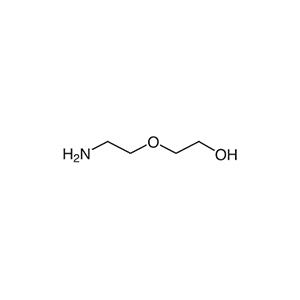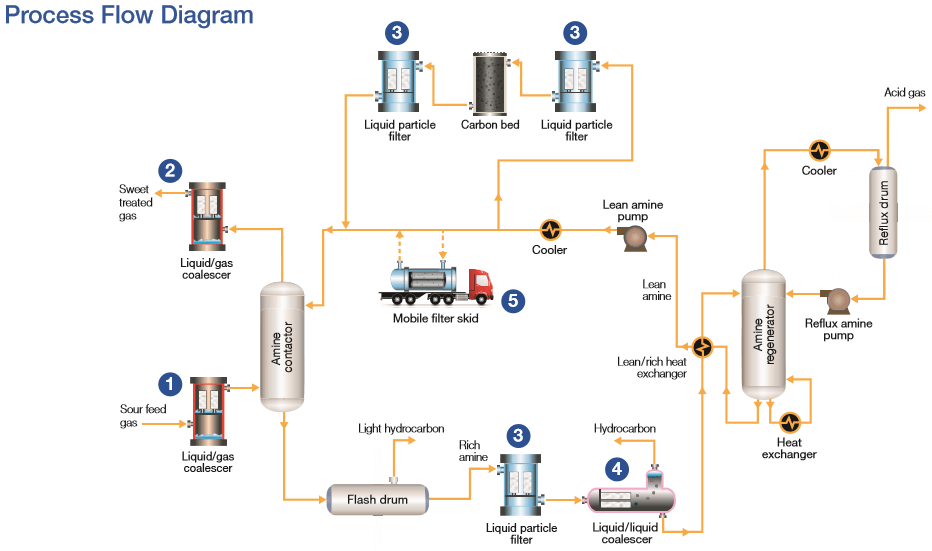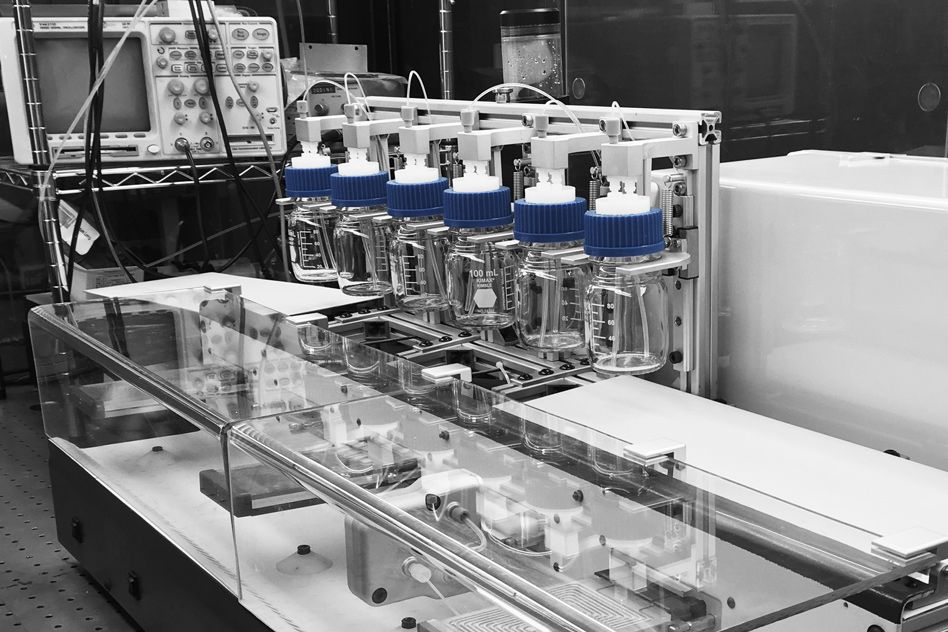Blog - Aure Chemical
Top Applications of Diglycolamine in Industry
Imagine a chemical that's like a Swiss Army knife in the industrial world—versatile, reliable, and ready to tackle tough jobs. That's Diglycolamine (DGA), a compound with the chemical formula C₄H₁₁NO₂, also known as 2-(2-aminoethoxy)ethanol. This clear, hygroscopic liquid belongs to the alkanolamine family, blending the reactivity of amines with the solubility perks of alcohols. It's not just another lab curiosity; DGA plays a crucial role in purifying gases and synthesizing everyday products, making it indispensable in industries aiming for efficiency and sustainability. In this blog post, we'll dive into its top applications, from gas treatment to emerging environmental tech, highlighting why it's a go-to choice for modern manufacturing.
Overview of Diglycolamine's Chemical Characteristics
At its core, DGA's structure features a primary amine group (-NH₂) attached to an ethoxy chain with a hydroxyl group (-OH), making it look like a chain of building blocks that can link up in various ways.

This dual functionality allows it to react eagerly, much like how a magnet attracts metal shavings. Key properties include a boiling point of around 221°C, a melting point of -12.5°C, and high solubility in water and alcohols—think of it dissolving as easily as sugar in hot tea. It has a pH of about 11.8, offering strong alkalinity for buffering, and it's stable under normal conditions but can be corrosive to tissues. Compared to other alkanolamines like monoethanolamine (MEA) or diethanolamine (DEA), DGA stands out with lower volatility, higher boiling points, and better cold-weather handling, making it a more practical option for demanding environments.
Application 1: Gas Sweetening and Acid Gas Removal
One of DGA's star roles is in the DGA® Process for gas sweetening, where it acts like a super-efficient vacuum cleaner, sucking up acidic impurities from natural gas streams. It removes hydrogen sulfide (H₂S), carbon dioxide (CO₂), and even carbonyl sulfide (COS) from natural gas, refinery gases, and synthesis gases, ensuring the final product is "sweet" and safe for use—much like removing the bitter peel from an orange to enjoy the sweet fruit inside.

Gas Sweetening Process - Natural Gas | Pall Corporation
DGA's efficiency shines in its high loading capacity and ability to handle low partial pressures, outperforming methyldiethanolamine (MDEA) in bulk CO₂ removal and offering partial COS removal that MEA can't match. You'll find it hard at work in refineries, LNG plants, and chemical facilities worldwide.
Application 2: Chemical Synthesis Intermediate
DGA isn't just a cleaner; it's a builder too. As an intermediate, its dual groups enable reactions like etherification, amidation, and esterification—picture it as a versatile adapter plug connecting different electrical devices. It helps produce corrosion inhibitors (to protect metal like a rust-proof coating), surfactants and detergents (for cleaning like soap bubbles trapping dirt), herbicide and pesticide intermediates, and even polyurethane catalysts and resins for foams in cushions or insulation.
Plug-and-play technology automates chemical synthesis | mit.edu
This versatility stems from its ability to form amides and salts easily, making it a key player in agrochemicals and specialty materials.
Application 3: Use in Metalworking and Cleaning Formulations
In the gritty world of metalworking, DGA serves as a neutralizing and solubilizing agent, akin to baking soda calming an acidic stomach. It's found in metal cleaning formulations, industrial detergents, and water-based fluids, where its low volatility and pH buffering keep things stable and effective. Benefits include biodegradability and emulsifying power, helping oils and water mix like in a salad dressing, reducing corrosion and improving performance in cutting fluids.
Application 4: Role in CO₂ Capture and Environmental Processes
With climate concerns rising, DGA steps up for CO₂ capture, acting like a sponge in post-combustion systems to absorb emissions from power plants. Its high CO₂ loading and thermal stability make it promising in pilot studies, potentially blending with other amines for better efficiency in carbon capture and storage (CCS).
Other Emerging or Niche Applications
DGA's talents extend to niche areas like flue gas desulfurization (removing sulfur like filtering smoke), additives for gas turbine cleaning, and advanced specialty chemicals. Emerging uses in electronics, such as photoresist strippers, highlight its adaptability.
Comparison with Other Amines
When stacked against MEA, DEA, and MDEA, DGA offers a balanced profile. It has higher acid gas capacity than DEA on a weight basis but lower than MEA, with advantages in COS removal and lower regeneration energy compared to MEA. While MDEA is selective for H₂S and cheaper in circulation, DGA's lower cost and versatility make it ideal for bulk removal without high corrosion tendencies. Overall, it's economical with moderate operational costs.
| Amine | Absorption Capacity | Regeneration Energy | Corrosion Tendency | Operational Cost |
| MEA | High | High | High | Higher |
| DEA | Medium | Medium | Medium | Medium |
| MDEA | Selective (H₂S) | Low | Low | Lower |
| DGA | High for bulk | Medium | Medium | Balanced |
Market Outlook and Future Trends
Driven by demands for cleaner fuels and stricter emissions, DGA's market is booming, especially in North America and Asia-Pacific. Key producers like Huntsman lead the way, with R&D focusing on hybrid blends and derivatives for sustainable chemistry. The global market is projected to grow at a CAGR of 5.6% through 2026.
Conclusion
Diglycolamine's blend of reactivity and solubility makes it a powerhouse across gas purification, synthesis, cleaning, and environmental tech. As industries pivot toward greener processes, DGA's versatility positions it for exciting future opportunities—proving that sometimes, the best tools are the ones that do a little bit of everything.
Related Articles
Looking for a reliable bulk supplier of Diglycolamine?
Aure Chemical provides Premium Diglycolamine (CAS 929-06-6).
View our Diglycolamine product page
